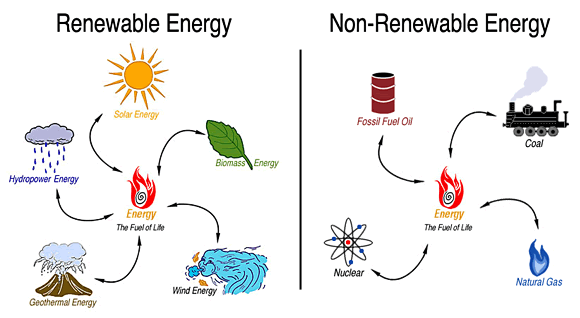
 Drought Tolerance:
Drought Tolerance:It refers to the ability of a plant to withstand desiccation, which means to be dried up, without dying. Plants using this adaptation usually have deciduous leaves, where leaves are shed during dry periods to prevent too much water loss through transpiration at the leaf surfaces and to retain more water in their stem. Drought tolerant plants also have more extensive shallow roots.
Annual plants mature in a single season and die after using all their energy to produce seeds. These plants are only found in countries with dry seasons and the more arid the habitat, the greater proportion of annual species of plants. It is usually flowers that make use of drought avoidance and certain of these flowers only bloom in the night time as it is cooler at night. Thus, more insects will come out so pollinations occurs and there will be more of the flowers even if they die quickly.
 Types of roots:
Types of roots:Alpha Books: Deserts



 Sources:
Sources: 
